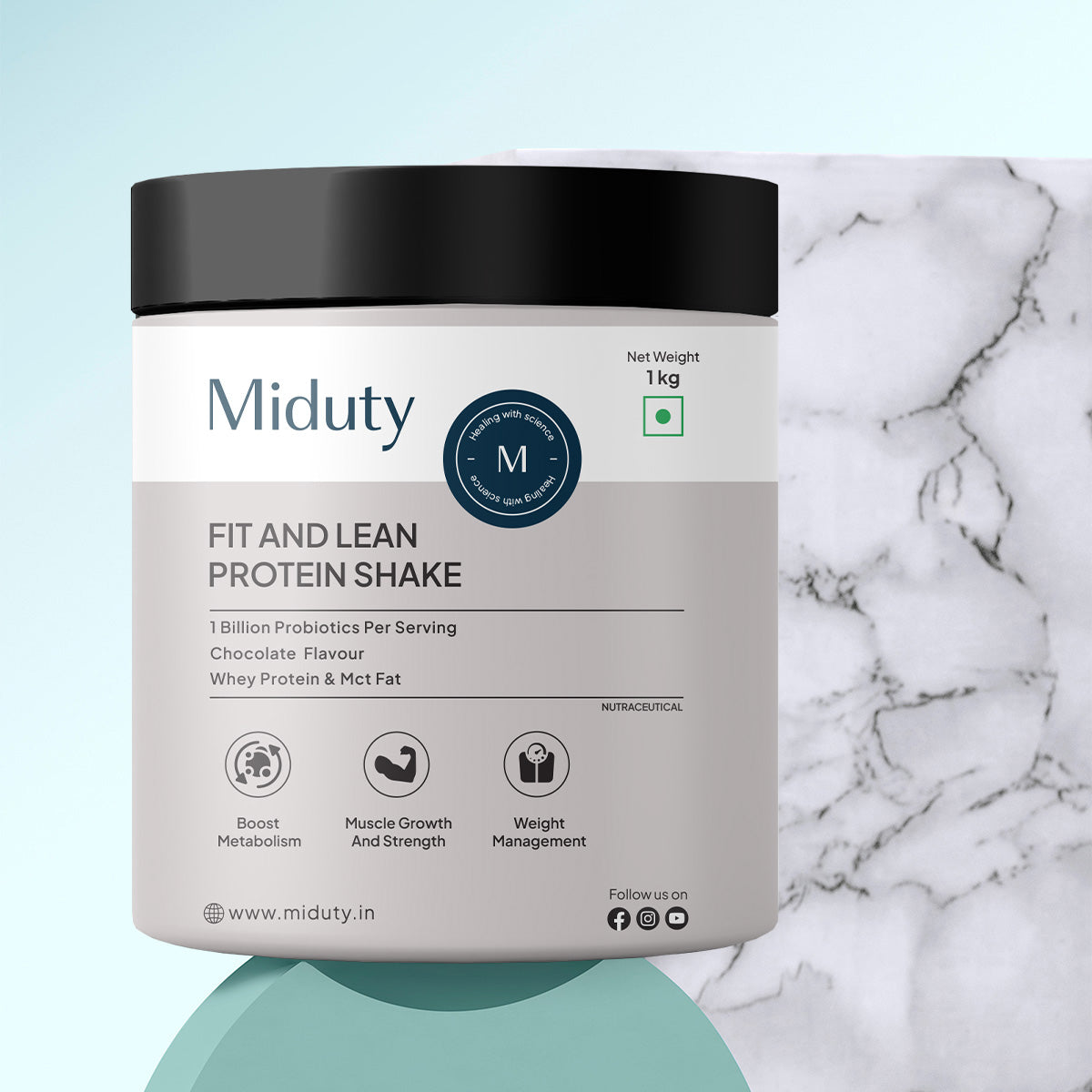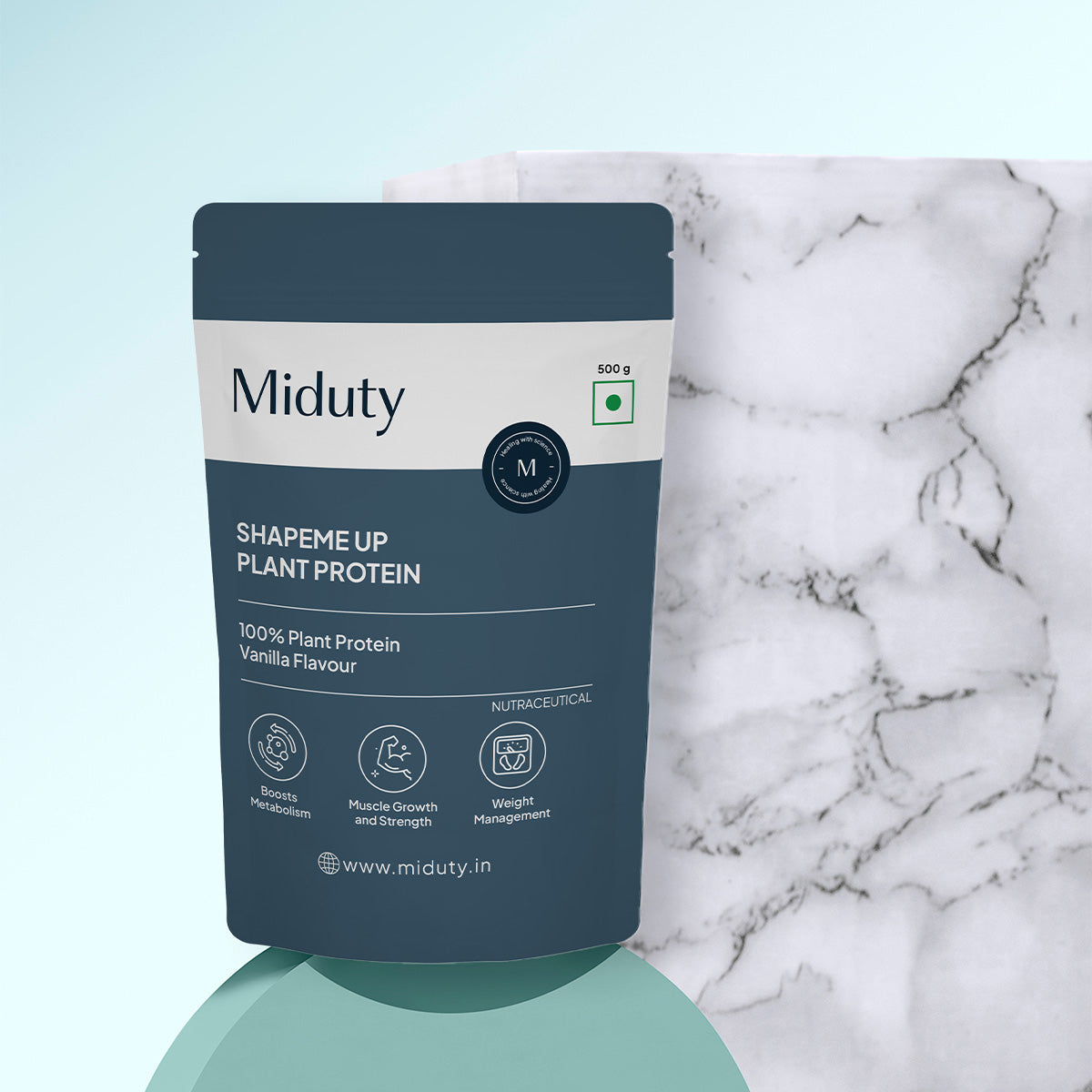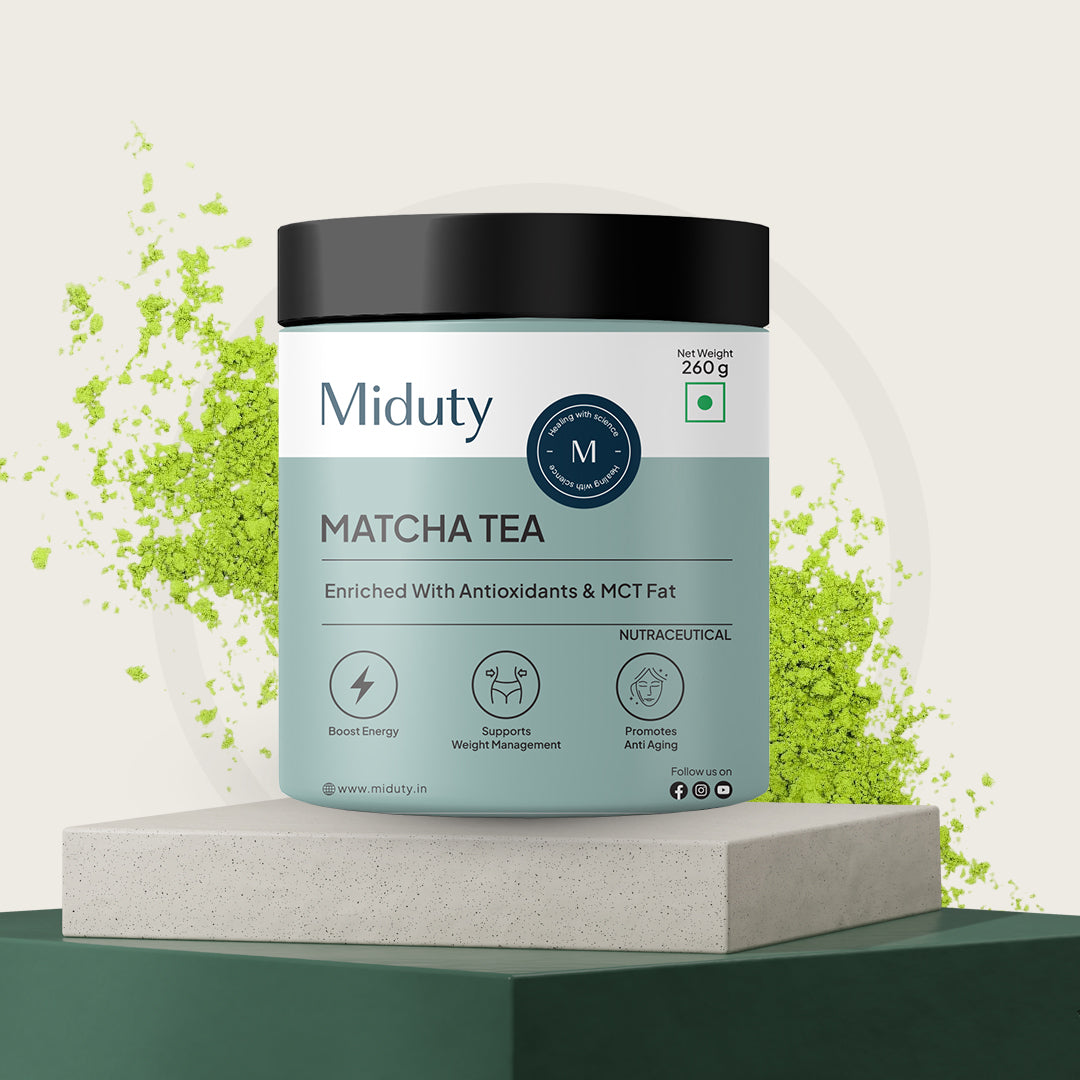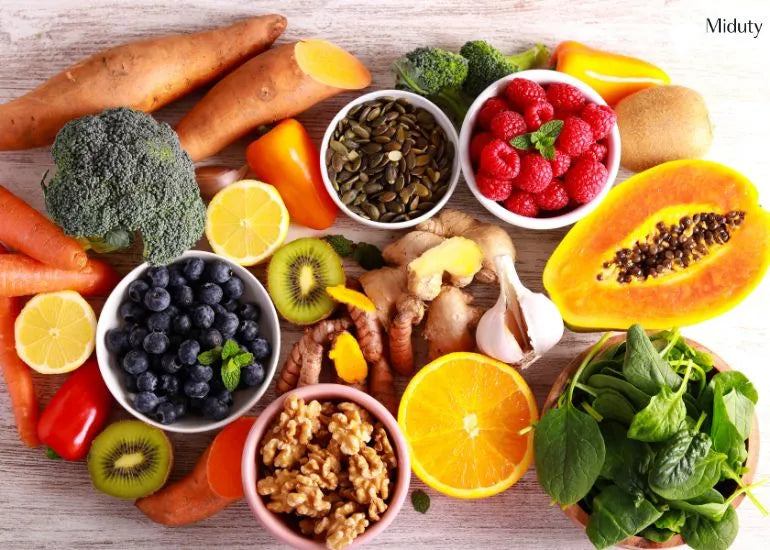
Intermittent Fasting Indian Diet Plan: A Comprehensive Guide
Struggling to lose weight or feeling bloated all the time? Intermittent fasting (IF) might just be your new best friend. It's more than just a trend; it's a lifestyle shift that fits beautifully with traditional Indian meals. And guess what? You don't have to give up your beloved dal, sabzi, or even ghee to make it work. In this guide, we'll dive deep into everything you need to know about intermittent fasting with an Indian twist. So grab a cup of green tea (no sugar, of course) and let's get started.
Key Takeaways
1. Intermittent Fasting Is About When You Eat, Not What You Eat: IF focuses on meal timing rather than strict food restrictions, making it easy to integrate with traditional Indian meals like dal, sabzi, and rice.
2. Indian Foods Complement IF Perfectly: Rich in whole grains, legumes, and healthy fats, Indian cuisine supports sustained energy and digestion during eating windows, making it a natural fit for intermittent fasting.
3. Popular Fasting Methods Include 16:8 and 5:2: Flexible fasting patterns like 16:8 (eating within 8 hours) and 5:2 (low-calorie intake on two days) allow you to choose what fits your lifestyle and fitness goals best.
4. Smart Meal Planning Is Crucial: Balanced Indian meals high in protein, fiber, and good fats are key to managing hunger and energy levels, especially when breaking the fast and during evening meals.
5. Supplements Like Protein Shakes with MCT Can Boost Results: A protein shake with MCT powder helps keep you full, supports muscle maintenance, and provides quick energy making it a powerful, easy option during eating periods.
What is Intermittent Fasting?
Intermittent fasting isn't about what you eat, but when you eat. It's not a diet in the traditional sense, it's more of an eating pattern. You cycle between periods of eating and fasting. This eating pattern doesn't restrict your food choices; instead, it limits the times you consume them.
Think of your body like a factory. When you eat all the time, your body is constantly working to digest and process food. But during fasting, that factory gets a break. It uses this downtime to repair cells, burn fat, and even balance hormone levels. Fasting isn't new, our ancestors have practiced it for centuries, whether for religious, cultural, or survival reasons.
Popular Intermittent Fasting Methods
Not all fasting schedules are created equal. The beauty of intermittent fasting lies in its flexibility. Here are the most popular types:
1. 16:8 Method: Fast for 16 hours and eat during an 8-hour window. For most people, this means skipping breakfast and eating between 12 pm and 8 pm.
2. 5:2 Method: Eat normally for five days a week and reduce calorie intake to around 500–600 calories for two non-consecutive days.
3. Alternate-Day Fasting: Eat every other day, with little to no calories on fasting days.
4. One Meal a Day (OMAD): You eat just one meal per day, typically dinner.
Each method offers unique benefits, and what works best often depends on your lifestyle, routine, and fitness goals.
Why Does Intermittent Fasting Work?
Here's the science in simple words: when you eat, your body uses glucose from carbs for energy. When you fast, your insulin levels drop and your body starts burning stored fat for energy instead. This shift from using sugar to burning fat is what leads to weight loss.
During fasting, your body enters a state called ketosis. It's a metabolic process where fat is used as fuel, making it a powerful tool for fat loss. Plus, fasting also boosts the production of human growth hormone (HGH), improves insulin sensitivity, and enhances cellular repair through a process known as autophagy.
Benefits of Intermittent Fasting
Here's why so many people swear by it:
1. Weight Loss: By eating fewer meals, you naturally reduce your calorie intake.
2. Better Blood Sugar Control: Helps manage insulin levels and reduce blood sugar spikes.
3. Improved Heart Health: Can lower cholesterol, triglycerides, and blood pressure.
4. Mental Clarity and Focus: Many people report better concentration during fasting periods.
5. Longevity: Some studies suggest that IF may promote a longer, healthier life.
What makes it even more appealing? There's no calorie counting, no carb-cutting, and no restrictive dieting involved.
Intermittent Fasting and Indian Diet: A Perfect Match
Let's bust a myth: Indian food isn't the enemy of weight loss. In fact, it complements intermittent fasting beautifully. Traditional Indian meals are rich in whole grains, legumes, vegetables, and healthy fats like ghee and coconut oil—all of which are perfect for providing sustained energy during your eating window.
For instance, a typical meal of dal, brown rice, sabzi, and a salad can be highly nutritious and satisfying without being overly calorie-dense. The spices used in Indian cooking, turmeric, cumin, cinnamon also come with their own health benefits, aiding digestion and boosting metabolism.
What's even better? IF fits in with religious fasting patterns observed in many Indian households, think Navratri, Ramadan, or Ekadashi. This cultural synergy makes it easier to adopt and sustain.
Unlike many Western diets, Indian meals are naturally plant-based. Whether you're vegetarian or vegan, you won't struggle to find IF-friendly meal options. Here are a few examples:
-
Vegetarian Options: Paneer bhurji, chana masala, moong dal khichdi, aloo gobi.
-
Vegan Options: Tofu curry, rajma chawal, besan chilla, veggie stir-fry with quinoa.
You can mix and match these meals based on your fasting schedule. Just be mindful of oil usage and portion sizes. And don't forget the fiber—adding salads, sprouts, and fruits (during the eating window) keeps digestion smooth and cravings at bay.
Indian Intermittent Fasting Diet Plan
1. For 16:8 Schedule
Creating a well-balanced meal plan during your eating window is the secret to nailing intermittent fasting. You want meals that are rich in fiber, protein, and healthy fats to keep you full, energized, and satisfied throughout your fasting window. Let's break down a day's worth of meals specifically designed for the 16:8 method, using familiar Indian foods.
Morning (Fasting Window)
From 8:00 PM the previous night until 12:00 PM the next day, you're in the fasting window. But that doesn't mean you can't consume anything at all. Hydration is key during this time. Here's what you can consume:
-
Water: Drink plenty—start your day with 1-2 glasses.
-
Black Coffee or Black Tea: No sugar or milk, as this would break your fast.
-
Herbal Tea: Ginger, tulsi, or mint infusions are great for soothing your stomach.
-
Lemon Water: Fresh lemon in warm water can kickstart your metabolism (just skip the honey).
Staying hydrated curbs hunger and flushes out toxins. The idea is to let your body focus on healing and fat-burning, not digestion.
Eating Window Meals (12:00 PM – 8:00 PM)
This is where you get creative—and nutritious.
Lunch (12:00 PM)
Break your fast with something light on the stomach yet nutritious.
-
Option 1: 1 bowl of moong dal + 1-2 multigrain rotis + sautéed spinach or bhindi + cucumber salad
-
Option 2: Brown rice with rajma or chole + mixed vegetable curry + a small bowl of curd
-
Option 3: Quinoa upma or khichdi with lots of veggies + buttermilk
Focus on protein-rich dals, lentils, or paneer, and pair them with whole grains like brown rice, jowar, bajra, or multigrain rotis.
Evening Snack (4:00 PM)
Keep it light yet filling to avoid dinner-time overindulgence.
-
Roasted chana or murmura bhel
-
Boiled eggs or sprouted salad with lemon and spices
-
Masala oats or homemade protein smoothie (with almond milk and fruits like banana or mango)
- A handful of mixed nuts or seeds
Avoid oily pakoras or high-sugar items—these spike insulin and can make you feel sluggish.
Dinner (7:30 PM)
Finish your meals at least 30 minutes before your fasting window begins. Keep it light and nutrient-dense.
-
Option 1: 1-2 bajra or jowar rotis + mixed veg sabzi + salad
-
Option 2: Light paneer curry with stir-fried greens
-
Option 3: Vegetable soup + moong dal cheela with mint chutney
Try to keep dinner free from heavy carbs like rice. Prioritize vegetables, lean proteins, and digestion-friendly items like ajwain or jeera-infused water afterward.
Foods to Include and Avoid During Intermittent Fasting
1. Must-Include Foods
Want to make your IF journey smoother? Stock your pantry with these Indian staples:
-
Complex Carbs: Brown rice, whole wheat, millets like ragi and jowar
-
Protein Sources: Lentils, chickpeas, paneer, tofu, eggs
-
Healthy Fats: Ghee (in moderation), nuts, seeds, coconut oil, avocado
-
Fiber-Rich Veggies: Spinach, bottle gourd, carrots, cabbage, cucumber
-
Fruits: Apples, papaya, bananas, berries (eat during eating window)
-
Hydration Heroes: Coconut water, buttermilk, herbal teas, lemon water
These foods help you stay full longer and keep blood sugar stable, which is crucial during fasting.
2. Foods to Avoid
The wrong foods can sabotage your IF efforts. Steer clear of:
-
Refined Carbs: White rice, white bread, maida-based items
-
Sugary Foods: Sweets, desserts, packaged fruit juices, soft drinks
-
Fried Foods: Samosas, pakoras, bhature
-
Processed Foods: Chips, cookies, instant noodles
-
Alcohol: It dehydrates you and adds empty calories
These items spike your insulin, making fasting harder and less effective.
How Supplements Can Be Beneficial in Intermittent Fasting?
Supplements can enhance intermittent fasting by filling nutritional gaps, boosting energy, and curbing cravings. A great option is a protein shake with MCT powder. Protein supports muscle maintenance and keeps you full, while MCTs (healthy fats from coconut oil) provide quick energy and reduce hunger without spiking insulin. This combo is perfect for breaking your fast or as a quick, filling meal during your eating window. It's a simple, powerful way to stay fueled and focused while fasting.
Conclusion
Intermittent fasting isn't just another diet trend, it's a lifestyle shift that works in perfect harmony with Indian food and culture. Whether you're aiming for weight loss, better digestion, or more energy, IF offers a sustainable and natural way to meet your health goals. The best part? You can still enjoy your favorite homemade dishes while watching your body and mind transform.
So if you're ready to give it a shot, start small, stay consistent, and make the most of what your kitchen already offers. Your path to better health could be just one meal (or fast) away.
FAQ's on Indian Intermittent Fasting Diet Plan -
Q1 - What to eat during intermittent fasting in India?
During the eating window, focus on home-cooked meals with high-protein foods like dal, paneer, eggs, sabzi, roti (preferably multigrain), fruits, nuts, and salads. Avoid deep-fried, sugary, or packaged items.
Q2 - Can I eat roti in intermittent fasting?
Yes, you can eat roti during your eating window. Choose whole wheat or multigrain roti for better fiber and sustained energy.
Q3 - Can I drink Jeera water in intermittent fasting?
Yes, jeera water (without any sugar or additives) is allowed during the fasting window as it's very low in calories and may aid digestion.
Q4 - What are the basic rules for intermittent fasting?
Eat only during your selected eating window (like 16:8 or 14:10), stay hydrated, avoid snacking outside the window, and choose nutrient-dense meals.
Q5 - Can I drink milk during intermittent fasting?
No, plain milk breaks the fast because it contains calories. You can have it during your eating window, or use a splash in tea if doing a modified fast.
References
| Sr. No. | Reference Links |
| 1. | Intermittent fasting and weight loss |
| 2. | Intermittent fasting: is there a role in the treatment of diabetes? A review of the literature and guide for primary care physicians |













